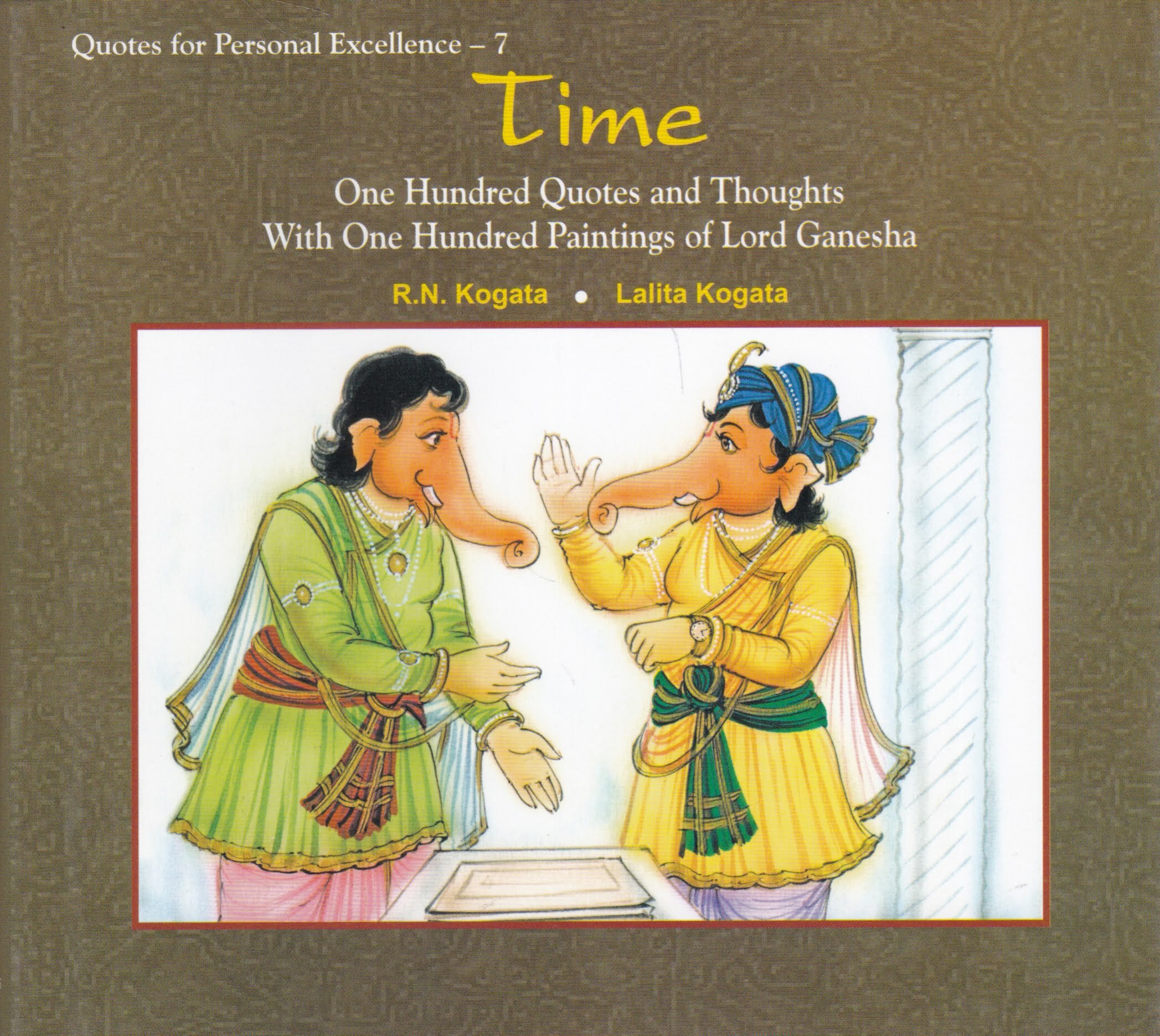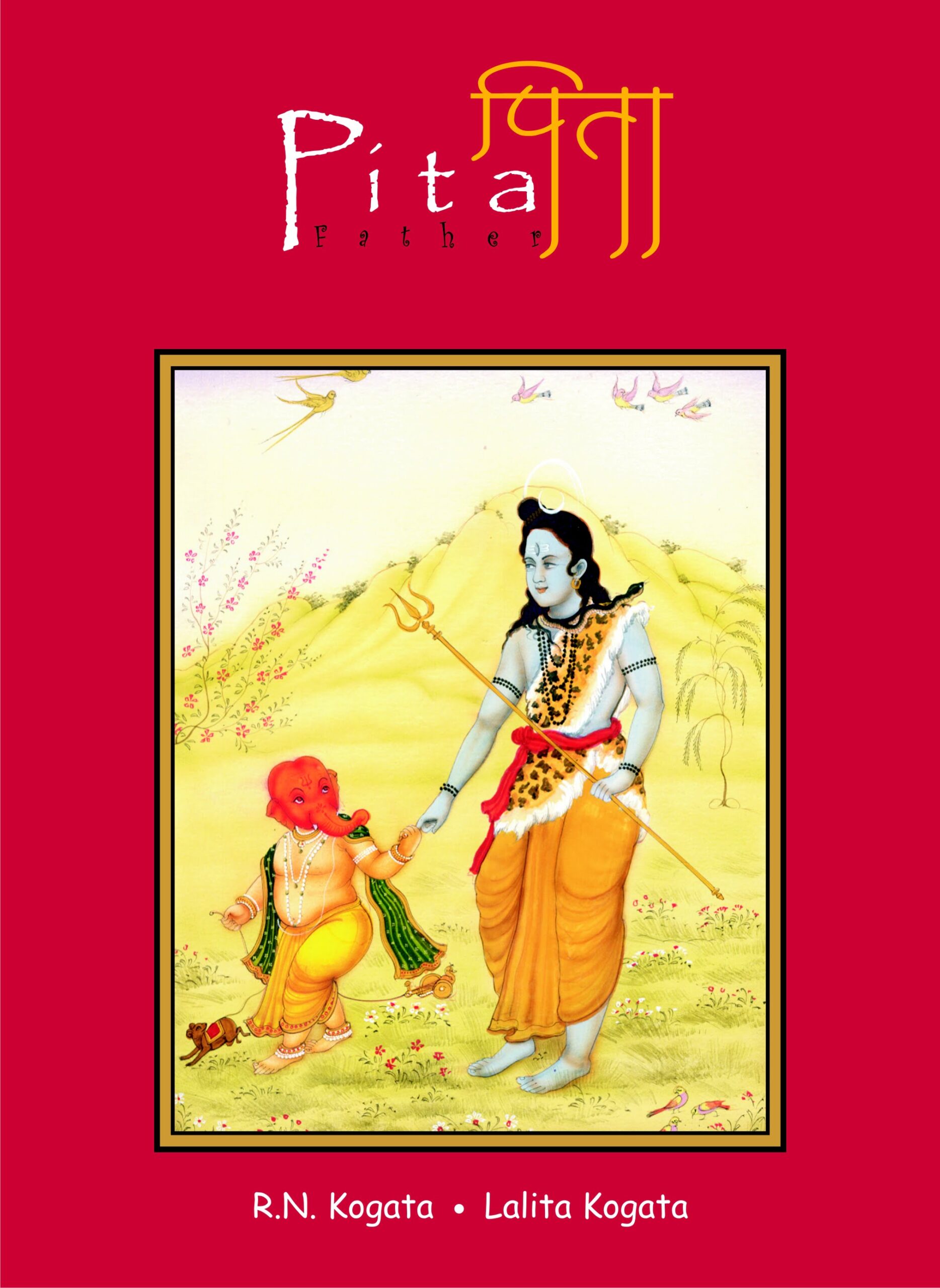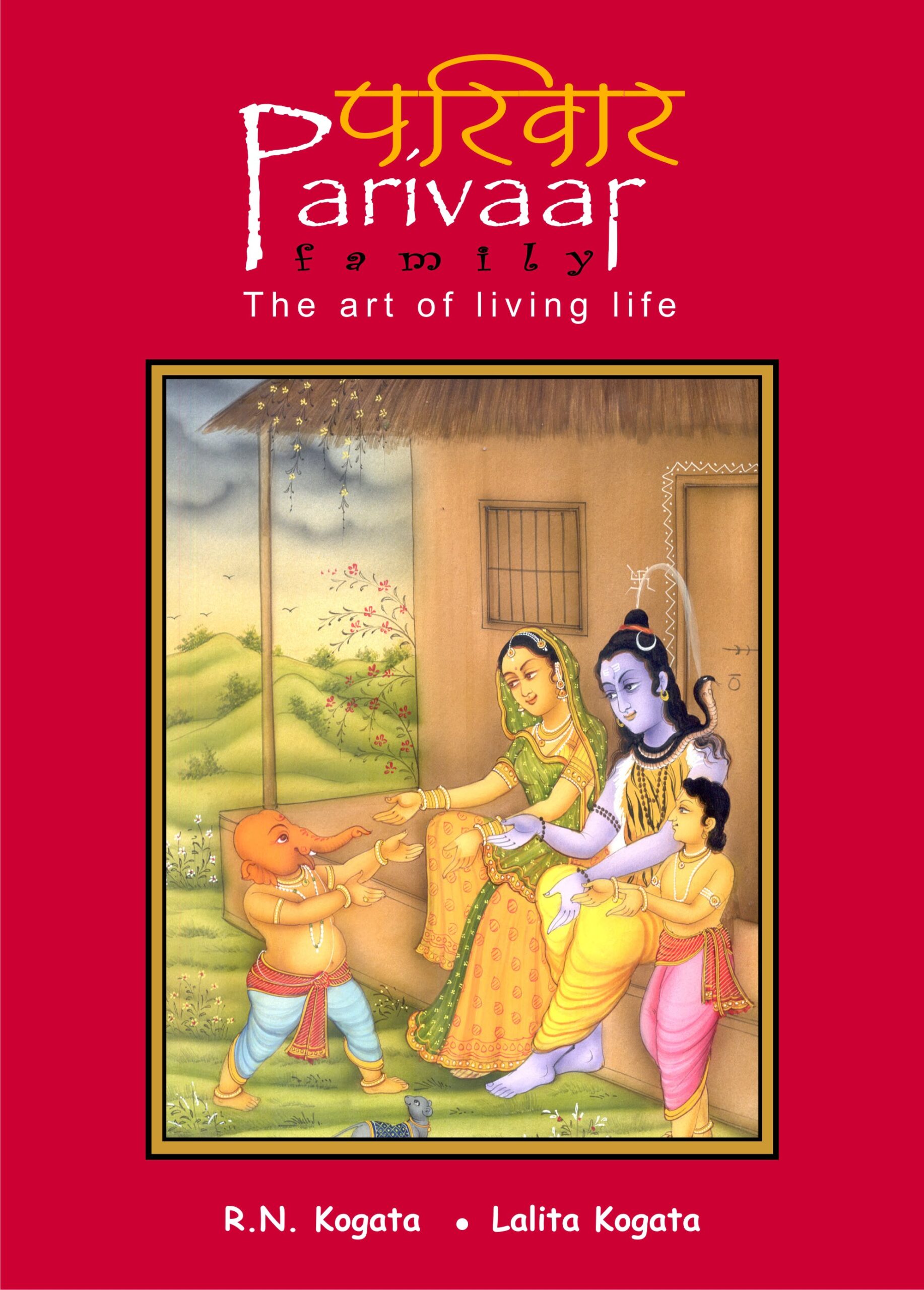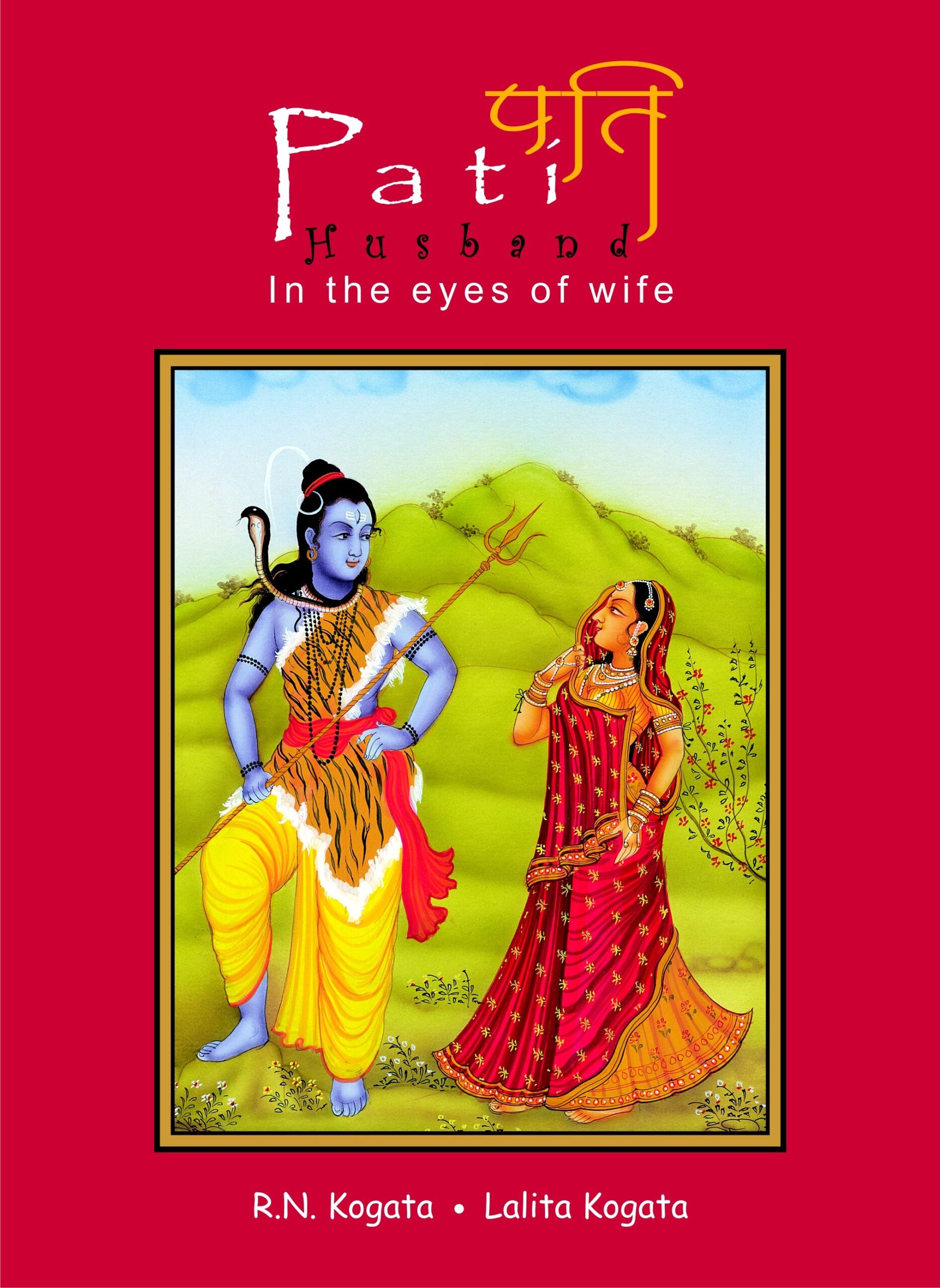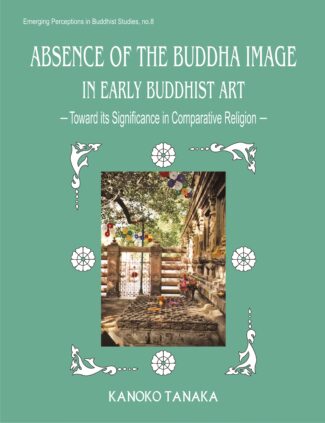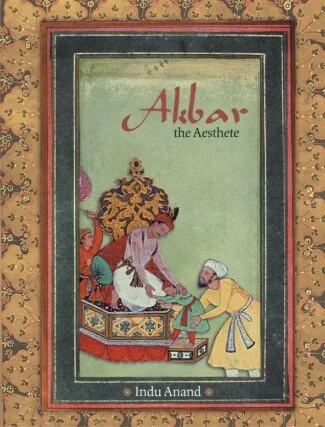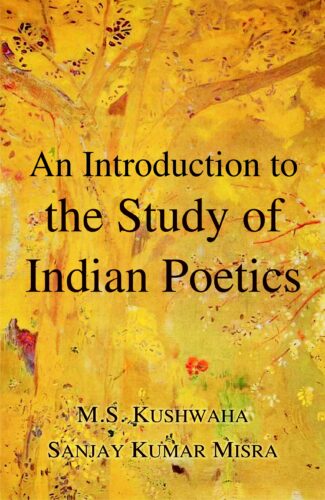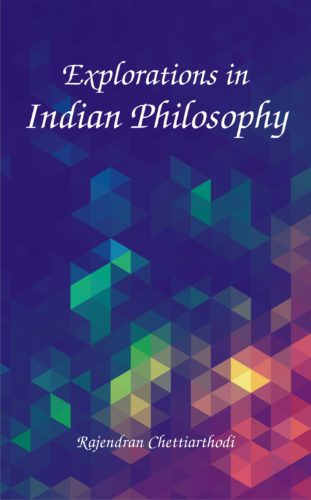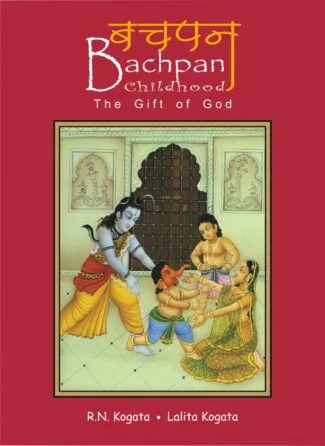

Bachpan-Childhood...
Bachpan-Childhood
The Gifted God by: R.N. KogataThis book is a small attempt to express the love, affection and feelings towards children. Through pleasing illustrations, the authors have touched upon the various facets in the life of a child. Delightful verses add sweetness and charm to the book.
₹180.00 Original price was: ₹180.00.₹162.00Current price is: ₹162.00.
ISBN: 9788124605967
Year Of Publication: 2011
Edition: 1st
Pages : iv, 28p.
Language : English
Binding : Paperback
Publisher: D.K. Printworld Pvt. Ltd.
Size: 24
Weight: 150
In the life of a human being the most sweet and memorable part is its childhood, say from its second year till its seventh or eighth. During this time the child is very innocent, full of life, playful, has no responsibility or worry, and when in fear or pain it calls its mother and she is there ever ready to protect it. It understands no restriction and has freedom to go and talk to anybody in the house. It does not know how to hate anyone — in fact, it is like the manifestation of the ever-gracious divinity in the world. A child is loved, respected and even adored.
This book is a small attempt to express the love, affection and feelings towards children. In Hindu pantheon the only divine family having children is that of Shiva and Parvati or Uma. Through pleasing illustrations, another made-for-each-other couple — the Kogatas — have touched upon the various facets in the life of the divine chidren — Ganesha and Karttikeya — together with their doting parents. The delightful verses add sweetness and charm to the book.

- Sale!Absence of the Buddha Image in Early Buddhist Art by: Kanoko Tanaka
₹1,500.00Original price was: ₹1,500.00.₹1,350.00Current price is: ₹1,350.00.It is next to impossible today to even think of Buddhism without the presence of the Buddha image! The image of the Buddha, in truth, has not only come to symbolise the essence of Buddhism but is also a brilliant expression of the cultural/artistic achievements of the Buddhists since ancient times. Surprisingly, the Buddha image developed at a later stage of the evolutionary process; after the parinirvana of the Buddha, the Buddhists for a considerable time beheld the Buddha and experienced him in their own minds without taking recourse to the Buddha image itself. In Absence of the Buddha Image in Early Buddhist Art, Dr. Tanaka, a well-versed scholar, has for the first time ever explored the absence of the Buddha image in Buddhist art particularly in the period from third century bc to late first century ad in order to rediscover the significance of this phenomenon. Dr. Tanaka observes Bharhut and Sanchi sculptures to point out the most essential motifs and elements of stupa-art design the visible facts pertaining to the absence of the Buddha image. The author studies the religious, philosophical, artistic and political significance of the visible facts, highlighting the concept of the empty throne as the motif representative of that absence. She applies the empty throne concept to the sanctuaries of monotheistic religions, and thus undertakes a comparative study of Buddhism and other religions, particularly, Zoroastrianism, Judaism, Christianity, Islam and Sikhism to suggest that present-day discussions on the linkage between religions can centre on this theme. The dexterous handling of the topic combined with the authors use of first-hand research material makes this an erudite study. The directness in the authors approach and the unwavering eye on the theme sustains the interest throughout. An abundance of visual material, i.e., drawings and photographs, and tables immensely aid in analysis of the visible facts. This intense work on a rich theme offers well-researched and interesting material that will be useful to scholars of religious studies, fine arts and even philosophy.
- Sale!Akbar, The Aesthete by: Indu Anand
₹4,800.00Original price was: ₹4,800.00.₹4,320.00Current price is: ₹4,320.00.Mughal miniatures are a vivid account of the cultural, sociopolitical scenario of the Mughal era. Jalal-ud-Din Muhammad Akbar, the most powerful Mughal emperor, was a great aesthete and promoter of arts. Eminent Persian and Indian artists thronged his Royal Studio and were encouraged to paint numerous emotive miniatures of style and substance, communicating highly complex narratives. These miniatures are a beautiful manifestation of human expressions, vividly encapsulating moments of history for posterity.
This book combines the sources and methodology of history and art history of the Mughal era, and is an analysis of a select group of paintings of Akbar’s reign. The miniature paintings incorporate a wide variety of rich, vibrant and varied themes, ranging from durbar scenes, depicting Akbar in different moods and forms, the princes and nobles in their finery, hunting and battle scenes, elaborate scenes of royal births, construction scenes, ascetics, common man, and countryside scenes, to the flora and fauna. Individual analyses of these miniatures, shows the manner of their composition and the inherent value of their sociocultural content in a lively manner. These paintings became a passion and a diversion for Akbar, who had an innate aesthetic sense.
However, there are hardly any true-to-life paintings of women of the royal seraglio. This book thus attempts to cover some images of femininity, whether it is of Queen Alanquwa, Akbar’s mother, or of Madonna as sacred mothers, and women, per se, in different roles. These miniatures make one wonder how much these women contributed to the life of Mughal India.
This unique volume, having given transliteration and translation of the original Persian text of the miniatures, provides an insight into Akbar as an aesthete, and will help academics and laymen alike in appreciating the beauty and history of Akbar’s period. - Sale!An Introduction to the Study of Indian Poetics by: Mahesh Singh Kushwaha, Sanjay Kumar Misra,
₹600.00Original price was: ₹600.00.₹540.00Current price is: ₹540.00.The book aspires to do for Indian poetics what Hudson’s book, An Introduction to the Study of English Literature did for English literature, though in a totally different manner and style. It provides the student with the essential knowledge about almost all aspects of Indian poetics. Based on the original Sanskrit sources, it presents the necessary information lucidly in precise and clear terms. Each chapter is self-contained and complete in itself, with explanatory notes, and a bibliography of relevant works. The Sanskrit terms used in the text are invariably explained or provided with English equivalents.
For quick reference, “A Glossary of Sanskrit Literary Terms” is given in the Appendices, which contain also “A List of Noted Indian Poeticians (including commentators) and Their Works” and “Notes on Major Texts in Indian Poetics”.
This handy volume, with its unique features, will prove invaluable to those who are going to embark on the study of Indian poetics, especially the ones who have no Sanskrit background. To a devoted student, it will prove a useful companion during his/her further studies. - Sale!Rated 5.00 out of 5The Yoga of Netra Tantra by: Bettina Sharada Bäumer, Shivam Srivastava (Editor),
₹1,700.00Original price was: ₹1,700.00.₹1,530.00Current price is: ₹1,530.00.The Netra Tantra “Tantra of the (Third) Eye (of Siva)”, also called Mrtyujit (Conqueror of Death), is one of the fundamental scriptures of non-dualist Kashmir Saivism or Trika. It is the only Tantra having the Third Eye of Siva as title and theme, and it contains three important chapters on Yoga, relating to three ways of overcoming death.
This book, besides giving an introduction to the Tantra, contains an interpretation of the three chapters; Chapter 1 deals with the Eye of Siva, Chapter 7 with subtle Yoga, and Chapter 8 with supreme Yoga. The same texts are presented in Devanagari, transliteration and translation, including the eleventh-century commentary of Ksemaraja, illustrious disciple of Abhinavagupta. The Appendix contains illustrations of the theme of trinetra from different sources, mainly connected with Kashmir, as well as a comparative study on “The spiritual eye in the Christian mystical traditions”.
This book is an important contribution to the studies on non-dualist Saivism or Trika, and especially to its Yoga. - Sale!Explorations in Indian Philosophy by: Rajendran Chettiarthodi
₹550.00Original price was: ₹550.00.₹495.00Current price is: ₹495.00.Any discourse on Indian philosophy has to be taken out of the box in which it was confined for ages using obsolete methods for evaluating thinking patterns. In the traditional way of analysing Indian philosophy there was an inimical approach to each other between the philosophers and the philologists, and between the Sanskrit tradition-oriented philosophers and modern English/vernacular-based philosophers. This friction is evident in the hesitation of the traditionalists in giving philosophers like Daya Krishna and K.C. Bhattacharyya their due share.
The twelve essays in this volume address many a question about the characteristics of Indian philosophical traditions and Indian-ness. Indian philosophy is essentially not Sanskrit based alone, there is a significant contribution to it from the South Asian languages and English, and the cultures of the subcontinent. It attempts to provide provocative insights in sharing the author’s penetrative acumen both in his traditional and modern approaches to South Asian intellectual systems. It therefore addresses the prejudice between the East and the West, and traditional and modern, and the concerns of South Asian diaspora in the Western countries.
As far as this anthology is concerned, the icing on the cake is the Foreword by Dr Mrinal Kaul, who critically analyses the major developments taken place in the realm of Indian philosophy in the last few decades, critically appreciating the contents.



